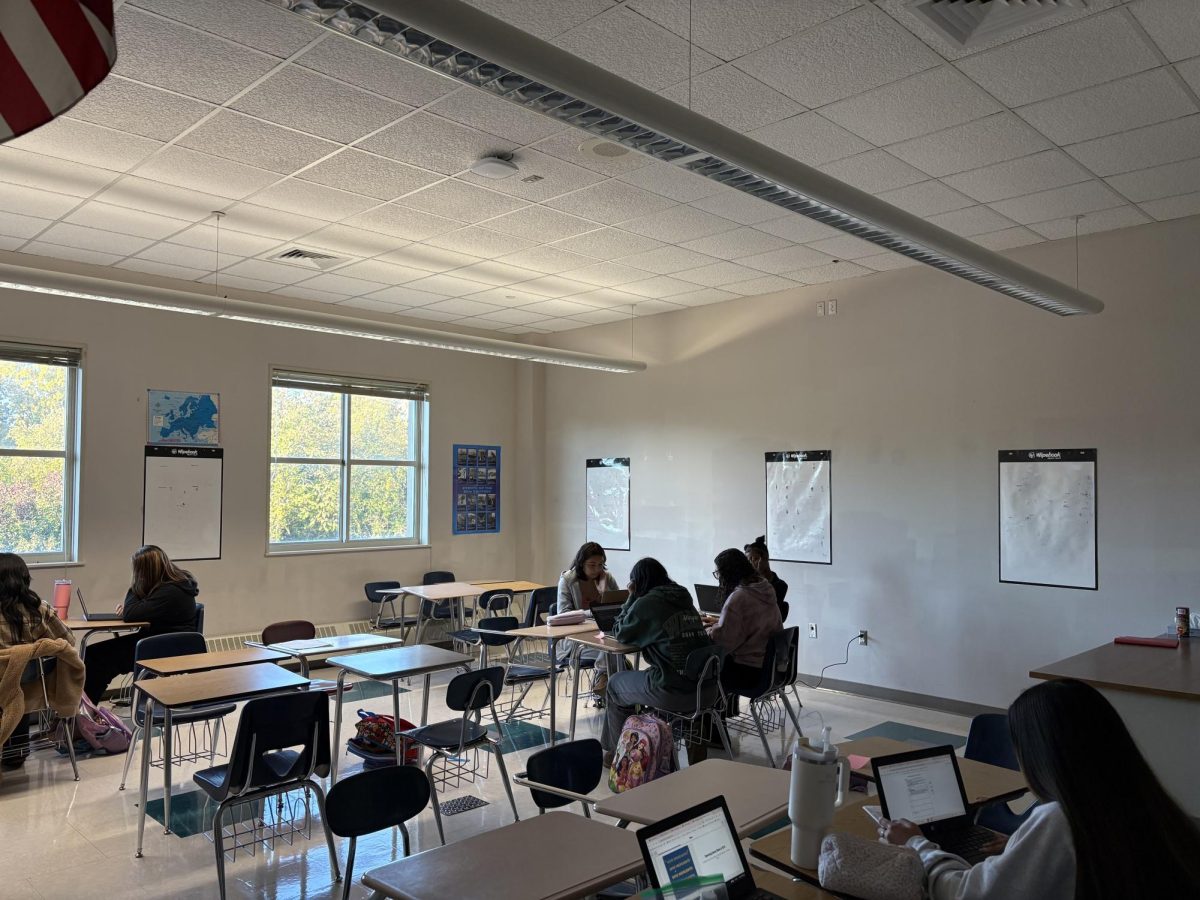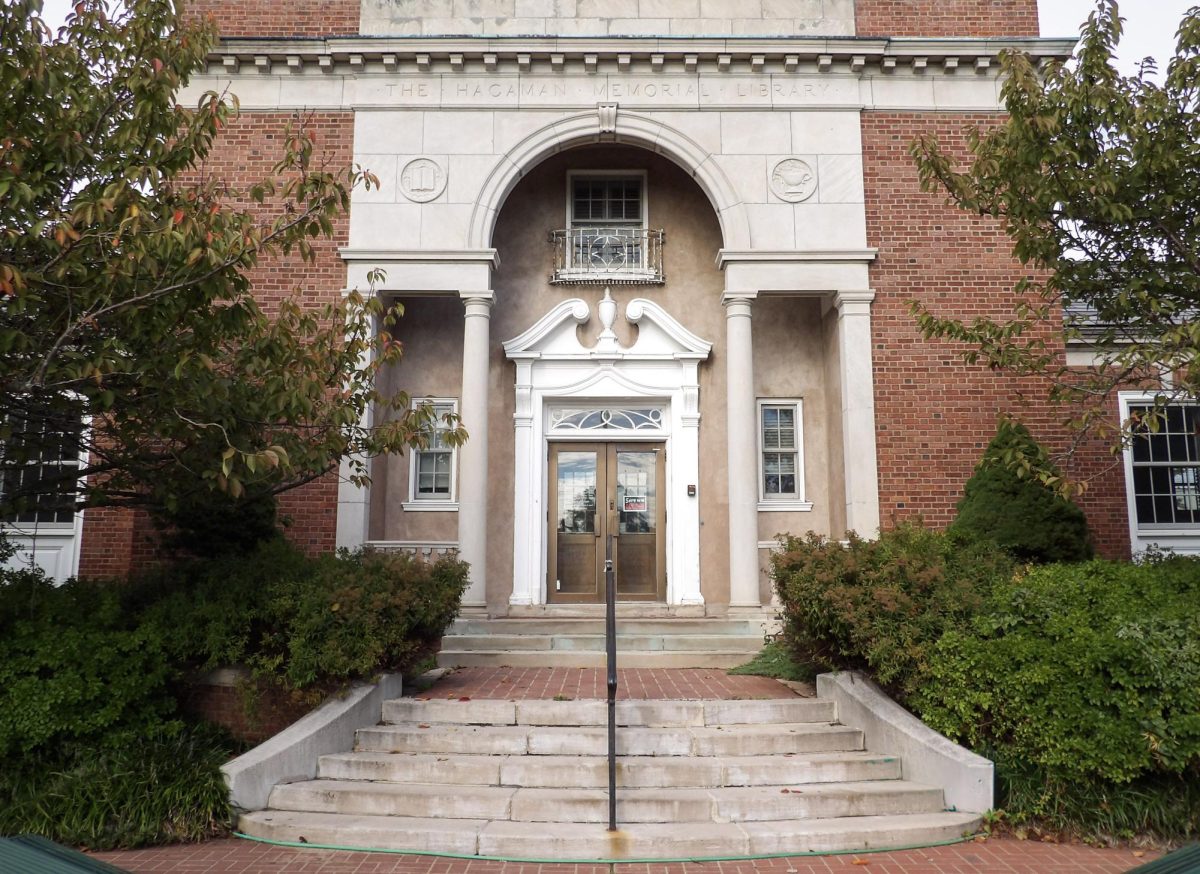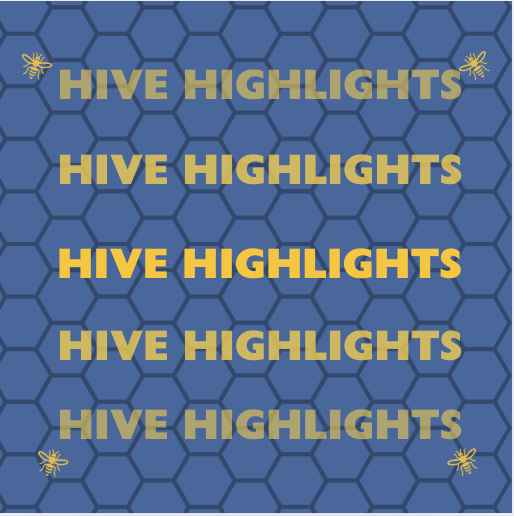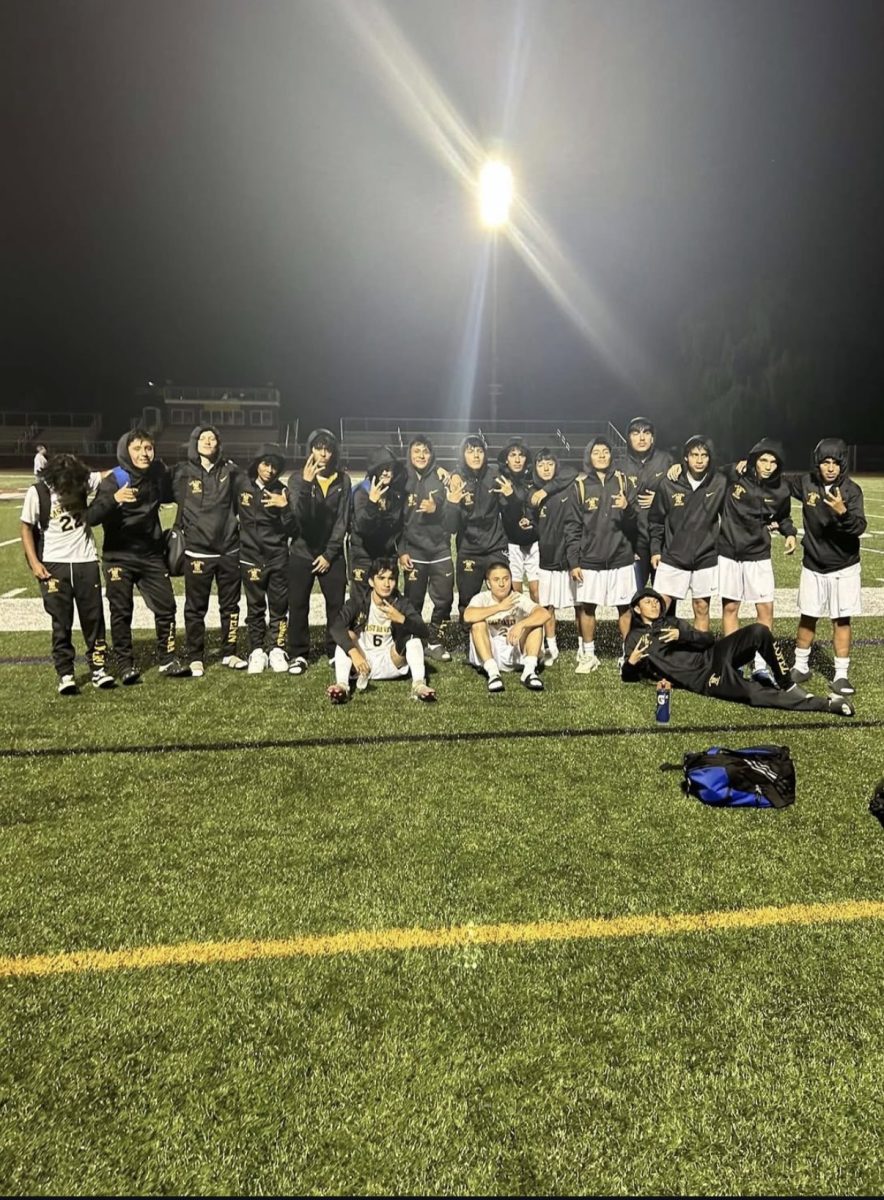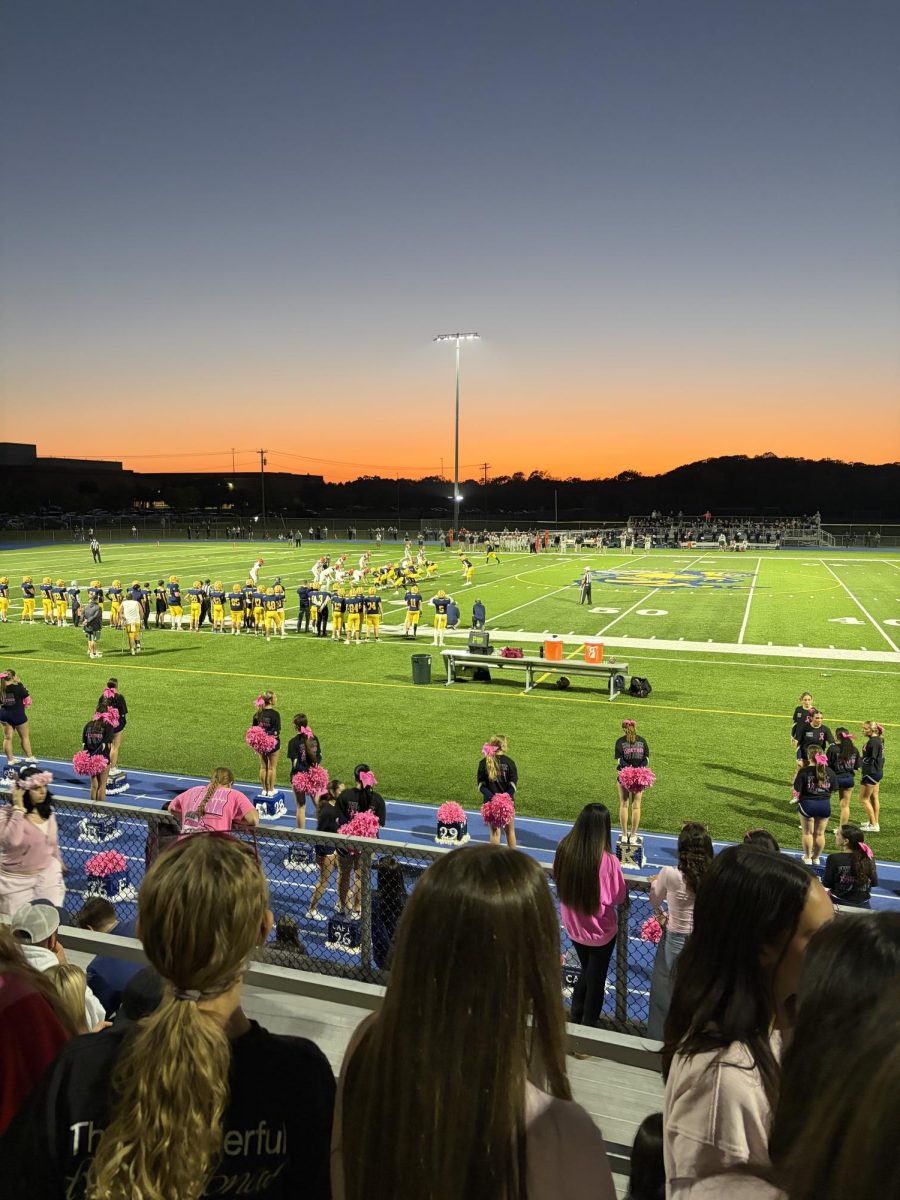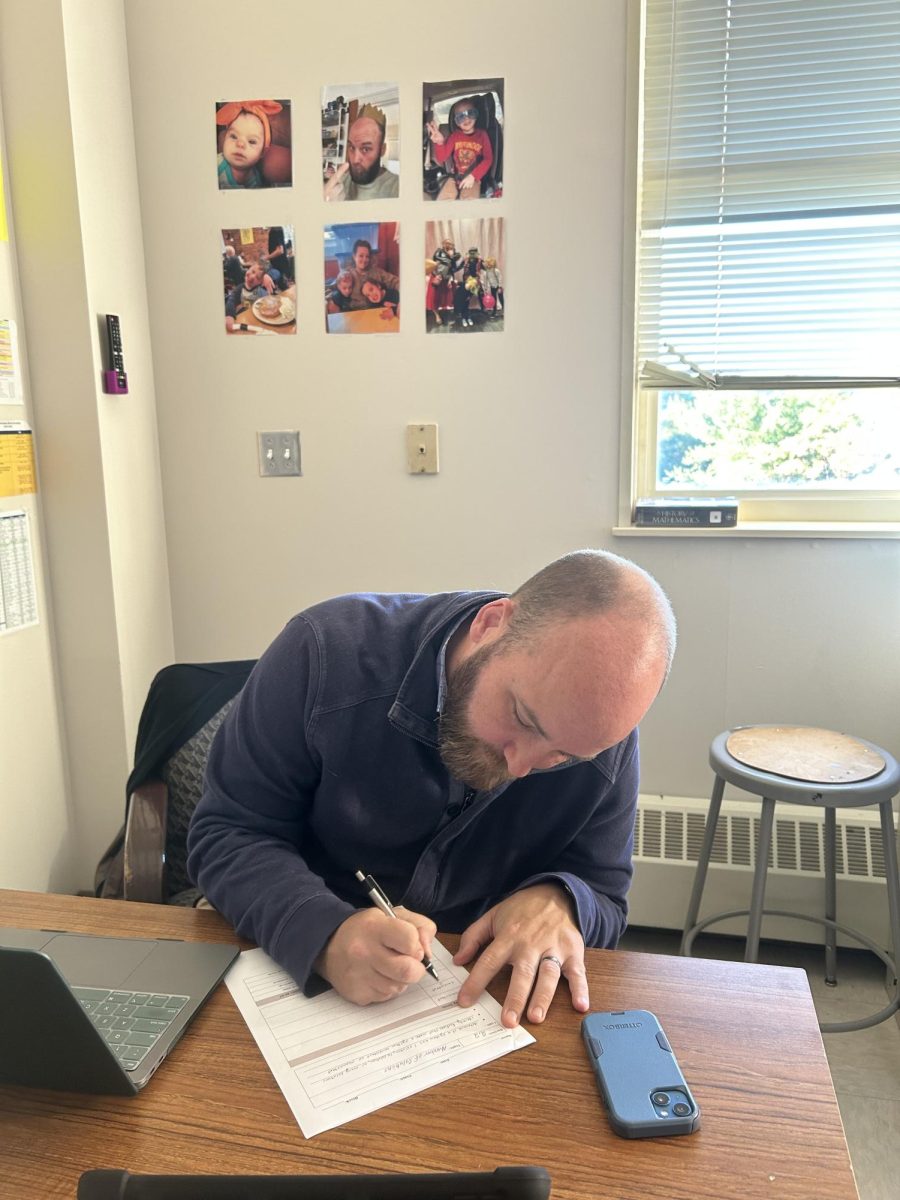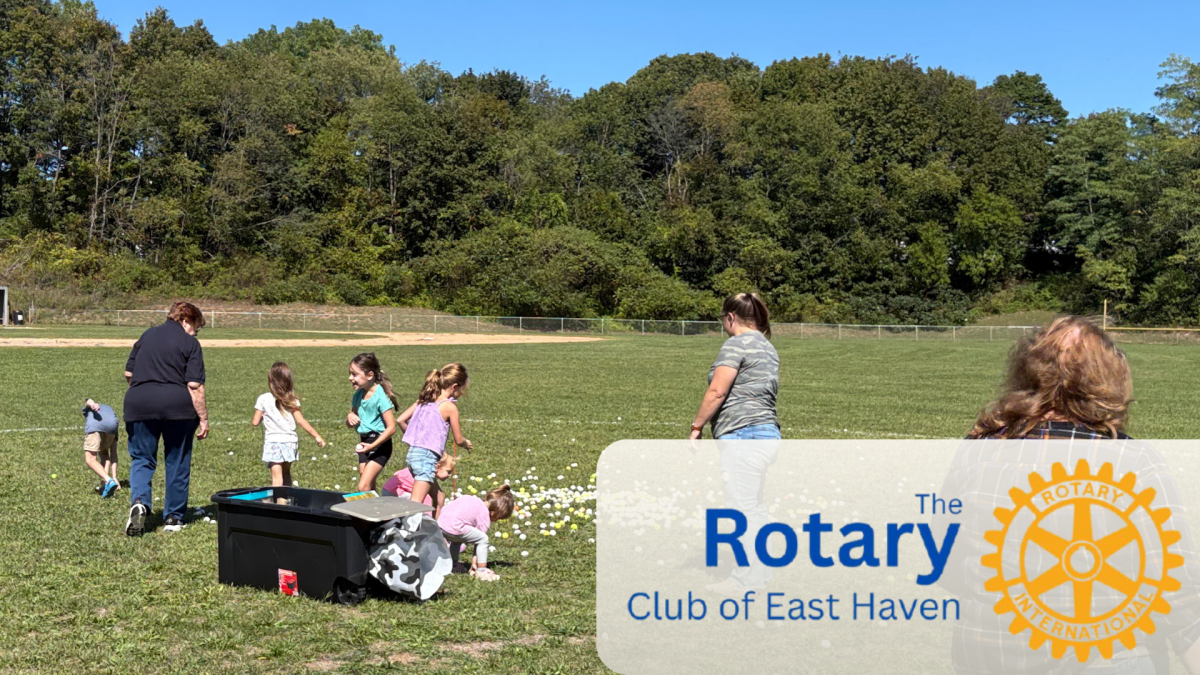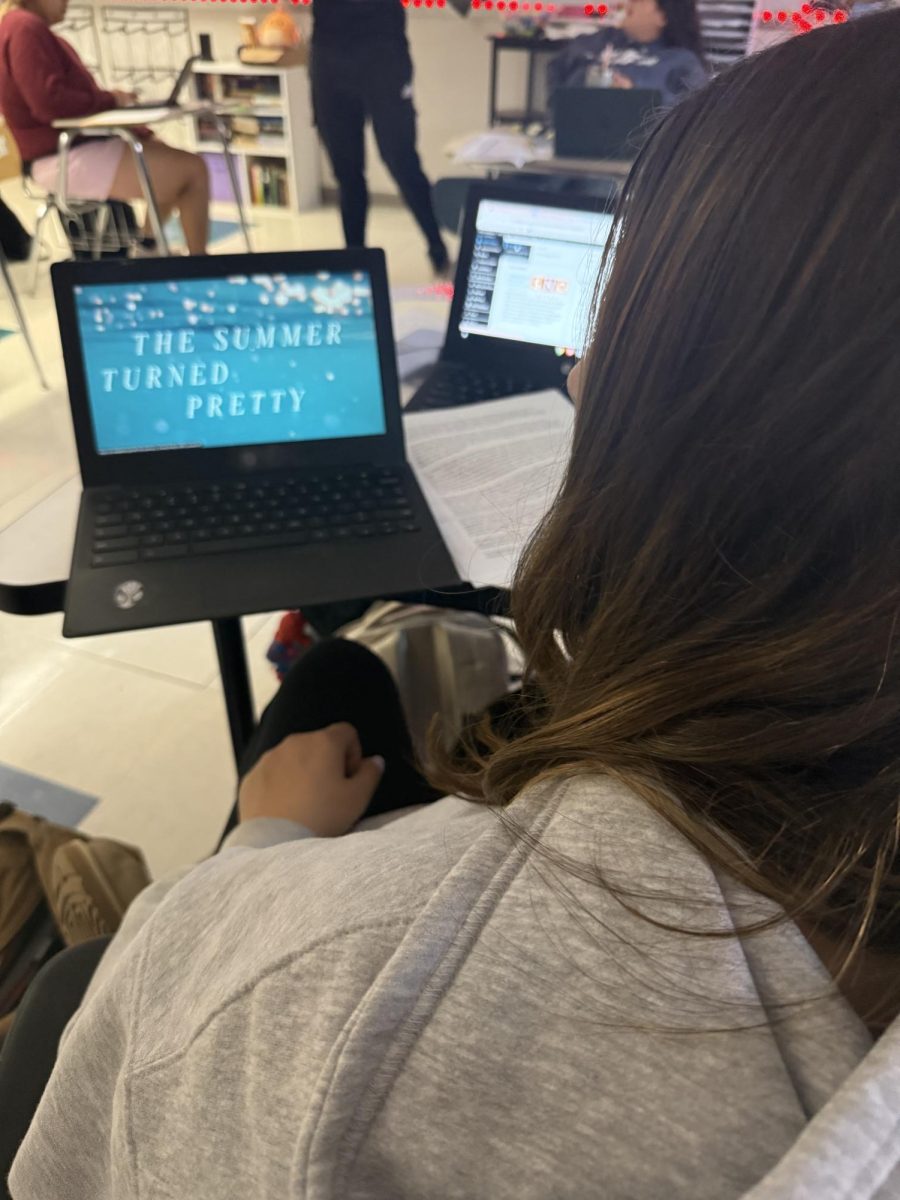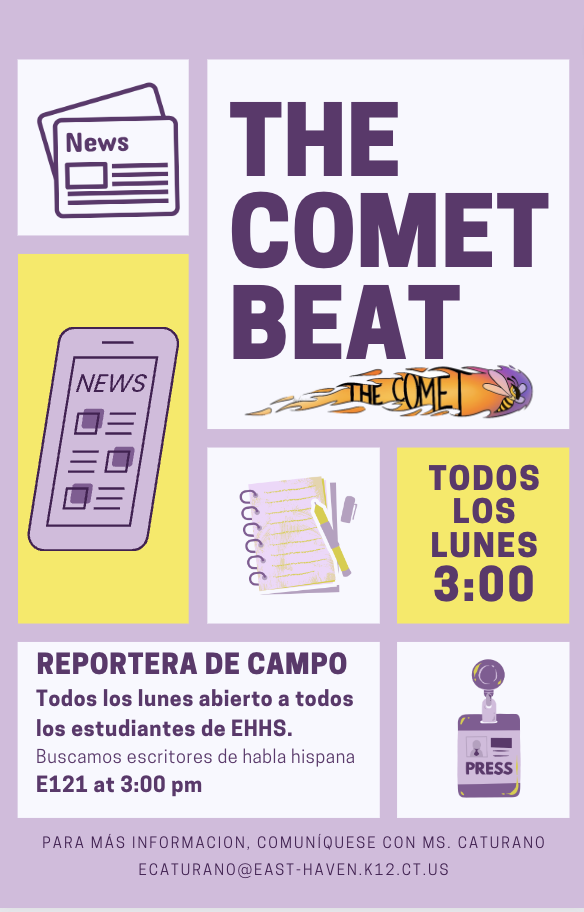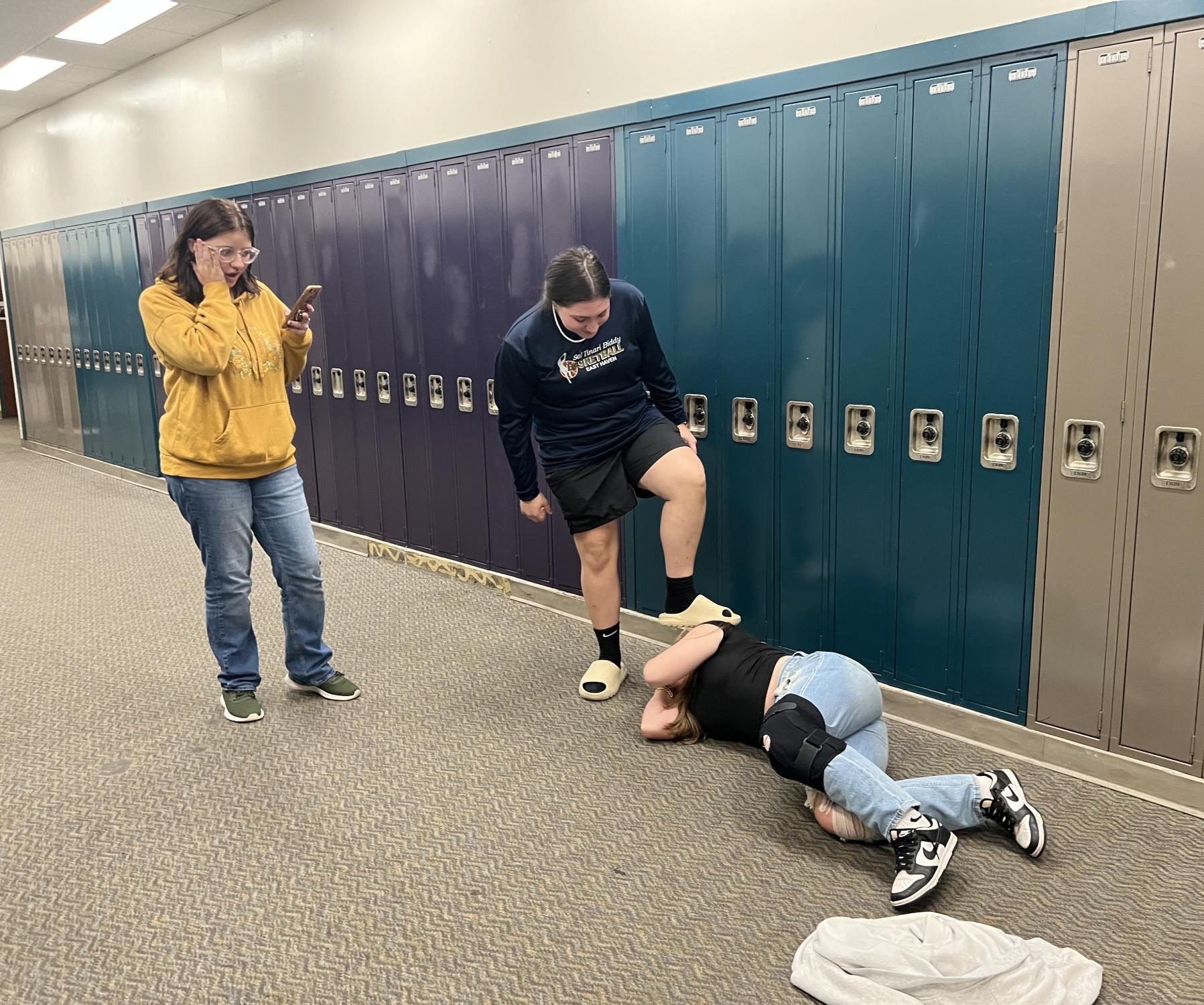Throughout EHHS and EHPS, discipline is a topic that is not always covered fully, especially when it comes to the processes behind it and who does what. That bears the question: What even is discipline, and what goes on when someone or something is disciplined?
According to Merriam-Webster, discipline is defined as “control gained by enforcing obedience or order.” However, both Principal, Mr. Vincent DeNuzzo, and Assistant Principal, Mr. Anthony Russell, stated that they don’t necessarily enjoy the term discipline because it has a very extreme negative connotation.
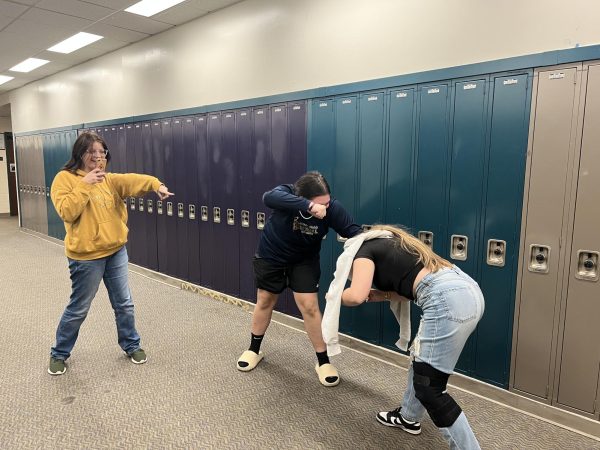
Mr. Russell handles about 97% of the discipline issues at EHHS; however, if he is unavailable, Mr. DeNuzzo or Assistant Principal Salvatore Vollero will take over for him. Similarly, Student Resource Officer Nicole Burrell handles some discipline, especially when it comes to certain legal situations in which she needs to work with the EH Police Department. Mr. DeNuzzo stated, “I think when people hear the phrase discipline, I think it brings them back 60 and 70 years ago when corporal punishment was a thing.” Corporal punishment is defined as the use of physical force to correct a child’s behavior. (Gershoff, Font 2016 & Straus, 2001). This form of discipline was found to be extremely ineffective, leading to a shift towards other forms of discipline. However, Mr. DeNuzzo and Mr. Russell both agree that a more effective approach has been restorative action.
Our staff has continued to expand and tweak the discipline process, with more of an emphasis on restorative practices. Restorative practices are “opportunities for [the staff] to have an intervention with the student to get them to reflect on what happened,” which is followed by a discussion on how better decisions could be made in the future. Mr. Russell notes that the reason the school favors the restorative approach is because it allows the staff to let the student understand that their actions have consequences but gives them the opportunity to explore the root cause of the issues.
Mr. Russell and Mr. DeNuzzo agreed that most cases can be easily solved with either teacher intervention or a discussion with the student’s parents or guardians. However, when cases become more rampant or if they’re more severe, that’s when referrals are made.
Some of the biggest issues in the last couple of years have been the use of cell phones, tardiness, and disrespectful behavior towards students and staff. However, these small issues can be prevented from escalating with early intervention.
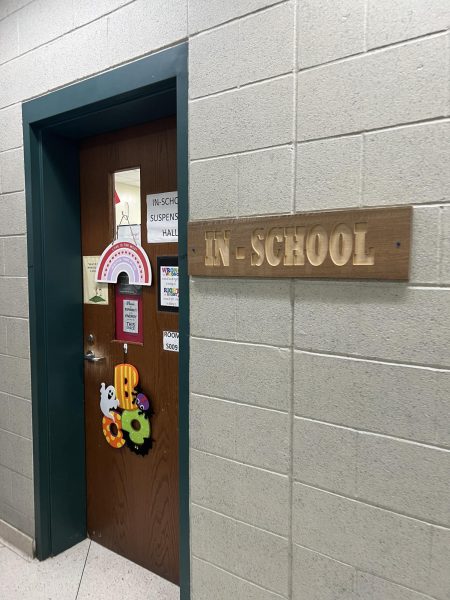
At EHPS, the process of how an event is reported and then handled depends on the severity of the situation. A teacher or staff member has the option to send in a “discipline referral” through the Powerschool program. For a classroom management issue, the office will usually send it back to the teacher to discuss what steps can be taken to try and handle the situation before going back to the office. However, if it is a major, time-sensitive issue, such as a situation that may escalate or a case of harassment, the teachers are asked to call and let the office know as soon as possible. Following this, the student or students are called down into the office, and Mr. DeNuzzo, Mr. Vollero, or Mr. Russell will give the student the opportunity to give their side of the story, as this allows for them to understand whether something had been a trigger that the teacher missed or if the situation has an entirely different timeline. They then find ways to hold the student accountable for their actions while also finding a way to support them. Although if this student causes regular disturbances or disruptions, they will take a different approach.
Mr. DeNuzzo says that their goal is for their disciplinary intervention to help correct the behavior and prevent it from happening again. However, a student needs to make the choice to change.
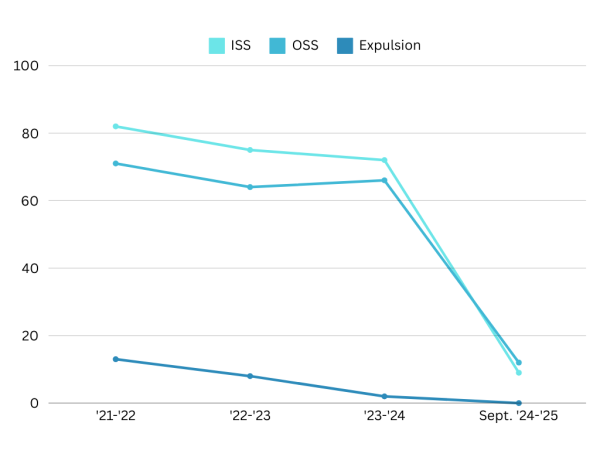
Although we are only about a month into the 2024-2025 school year, there has been a substantial decrease in referrals made. Not shown in the chart, September of the ‘23-’24 school year saw 231 discipline referrals from teachers, which has decreased by 76; as of this September, there have only been 155 referrals. However, we’ve seen a slight increase in OSS, as in the ‘23-’24 year, there were only 8, but this year, there have been 12. With an increase of 4 students currently in OSS, there is still a bit of an issue with behavior, but behavior is a choice by the student. Officer Burrell states, “It’s the students making the choice and the changes for improvement. I think, overall, security, teachers, and the admins are doing the best they can, but it’s up to the students to make that change.”
Mr. Russell, Mr. DeNuzzo, and Officer Burrell are not only here to discipline students to ensure EHHS remains an optimal environment for learning, but are also a support system for students. Mr. Russell states, “Disciplinary or behavioral issue is that that’s half of what I do, or what we do, the other half is building the relationship, or even more than that, is teaching students to make good decisions and that you have certain consequences.”
Officer Burrell, Mr. DeNuzzo, and Mr. Russell want the best for each student, and do not necessarily enjoy discipline. They want students to do the right thing, and be the best they can.


